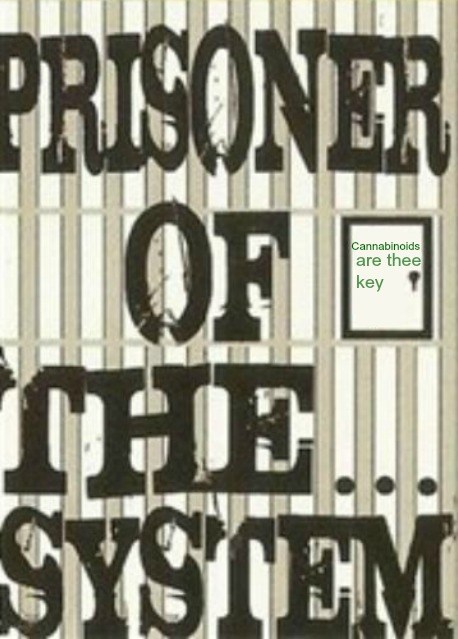Nodose ganglia-modulatory effects on respiration.
Nodose ganglia-modulatory effects on respiration.
Source
Laboratory of Respiratory Reflexes, Mossakowski Medical Research Centre, Polish Academy of Sciences, Warsaw, Poland. kkacz@cmdik.pan.pl.
Abstract
The key role of the vagus nerves in the reflex control of breathing is generally accepted. Cardiopulmonary vagal receptors and their afferent connection with the medullary respiratory centers secures the proper regulatory feedback. Section of the vagi at the midcervical level interrupts primary vagal reflexes and those due to activation of lung afferents by neuroactive substances. In this context the present review focuses on the reflex contribution of the inferior (nodose) vagal ganglia to the respiratory pattern, considering that this structure contains perikarya of vagal afferent neurons which house neurotransmitters, neuropeptides and neurochemical substances. In experimental animals with removed sensory input from the lungs (midcervical vagotomy): a) Transient respiratory suppression in the form of apnoea, occurring after systemic injection of serotonin, adenosine triphosphate and anandamide (N-arachidonoylethanolamine-endogenous cannabinoidneurotransmitter to nodose ganglia), was abrogated by nodose ganglionectomy. b) Preserved nodose-NTS connection conditioned respiratory depression affecting the timing component of the breathing pattern evoked by N-6-cyclopentyl-adenosine (CPA) and inhibition of both constituents induced by NPY. c) Stimulatory effect of NPY13-36 on tidal volume required nodosal connection. The cardiovascular effects of majority of the tested substances occurred beyond the nodose ganglia (with exclusion of serotonin and anandamide).
- PMID:
23489183
[PubMed – as supplied by publisher]

http://www.ncbi.nlm.nih.gov/pubmed/23489183

